Decided to squeeze these in here, since May didn’t have enough images [*snerk*]
I’ve been occasionally monitoring the sun’s surface with the solar filter that I have, since we’re close (or at) solar maximum, the part of the twelve-year cycle that our sun goes through where sunspots, coronal mass ejections, and solar storms take place the most. It’s been interesting to see, though I haven’t been as regular about it as I should have been. Still, the images are slowly building up in the blog folder.
First, from January 16th of this year:

That’s a pretty decent collection, though if I remember right, the charged particles that are expelled from such areas largely missed Earth, so we didn’t see too much of a surge in auroral activity. And then, twelve days later (January 28,) everything was perfectly tidy.

I was a little surprised at this, myself, and even pushed contrast way up to see if even a hint remained, but nada – it was quite a clean surface, at least visible through my little filter.
By February 6th, they were forming anew.

You might notice that this seems to have some hazy areas, and that’s because I realized a bit too late in the afternoon that I should be checking, and the sun was already reaching the trees on the horizon – I did some refocusing to produce a different effect, even as the sun dropped lower:

And then, nothing too promising was found any of the times I remembered to check, up until May 2nd:

That’s quite a nice display there, certainly the most distinctive that I’ve seen (not that that says much,) and curiously enough, Matt Young at Panda’s Thumb captured it too, likely on the same date given the distances from the edges – the difference in apparent location is entirely due to capturing it at a different time, since the rotation of the Earth means we’re looking at it from different angles throughout the day. Further down you’ll see an image from the 5th, the same day Matt posted, so I’m pretty confident his was from the 2nd.
We need a closer look, of course:

Cute little four-eyed fish swimming across the surface, very cool. This is at full resolution, by the way, and like my moon shots, I take several frames while tweaking focus slightly because critical sharpness can’t be determined while looking through the viewfinder, nor can autofocus be trusted to nail it; it’s much harder with the sun, too, since the spots are too small and indistinct to really pin down.
Encouraged by this, I was out three days later on the 5th, too:

This time it’s scattered clouds producing the haze along one side – I was forced to shoot in the small gaps while the sun was largely unobscured. But we can also see how far the spots have rotated around the surface, and in an unexpected direction, too. Not that you’re getting the most accurate impression from these images, since I wasn’t sticking to the same time each day and so the north pole of the sun is not necessarily to the top of the frame, or the same direction regardless, in any of these.
Now at full-resolution:

That’s enough to see how the stain is soaking in and getting smeared – man, that’s never gonna come out.
And then, a mere day later on the 6th:

Noticing that the brightness might have been hiding some of the smaller spots, I switched to underexposing a little more than normal, in this case two full stops underexposed – it’s what’s been working better to see the details. Note that this is (almost certainly) the same four-eyed fish complex photographed on the 2nd, and we can see this at full resolution too:

Will they ever get sharper than this? I think it’s doubtful, since I don’t believe the details or delineations are ever that distinct to begin with.
I did a few frames here and there, turning up nothing but specks, though late yesterday I heard that auroral activity was supposed to increase dramatically, for those at any latitude to see such things (typically not here in North Carolina.) We’ve been getting routine rain storms for the past several days, but for a while today, the sun was out and bright. Knowing that auroral activity usually coincides with sunspots, I made it a point to snag a few frames today, and indeed, there they were:

Nothing huge or distinct, but a fair collection of them all the same. This time for the larger (yet not full-resolution) inset, I boosted contrast a little, though what’s ‘accurate’ from the standpoint of exposure, contrast, and the filtration results, who can say? It’s not what I captured in-camera, anyway:

Coronal mass ejections, often evidenced by sunspots, can occasionally mess with satellite communications, radio transmissions, and in extreme cases, even our power grid, and true to form, we lost power this evening for about 20 minutes. I’m inclined to put that down to the wicked thunderstorm that passed through, though.
One of these days, I’ll get out and capture some nice images of the aurora – I’ll have to travel a lot more significantly than I have to date, to get into a location where the display is worthwhile. Although, we all know how well my luck with meteor storms has been, so I wouldn’t be waiting too excitedly for this to happen.
Let’s see, that now makes it 171 images uploaded for May alone, coming in third behind May 2019 (173 images) and October 2020 (192 images) – not too shabby. I could have taken second without a lot of effort, but such records are self-indulgent. The numbers are actually just a reflection of finding stuff of interest, or at least, what passes for such in my little world. Wow, we got back to self-indulgence in a hurry…
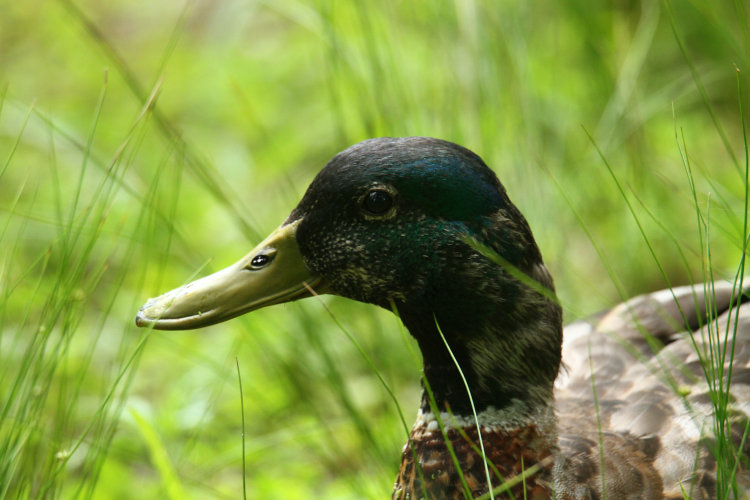





















































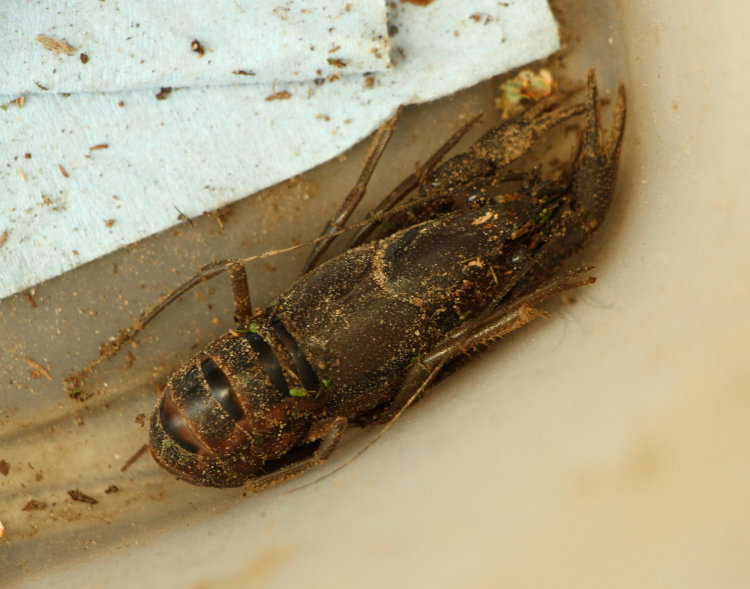
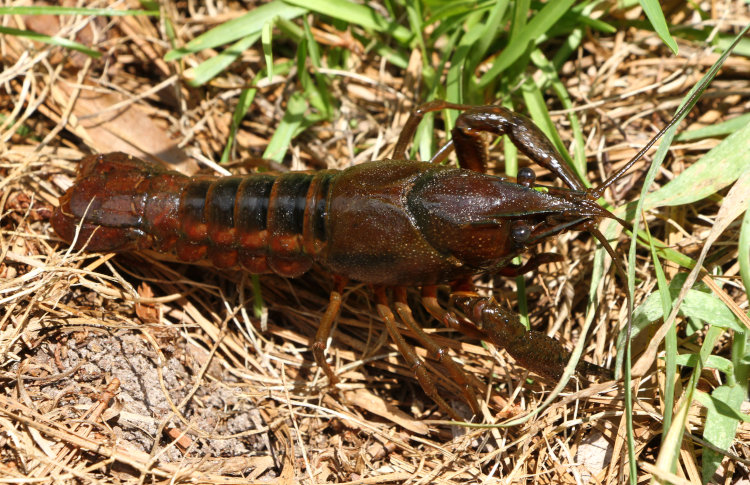
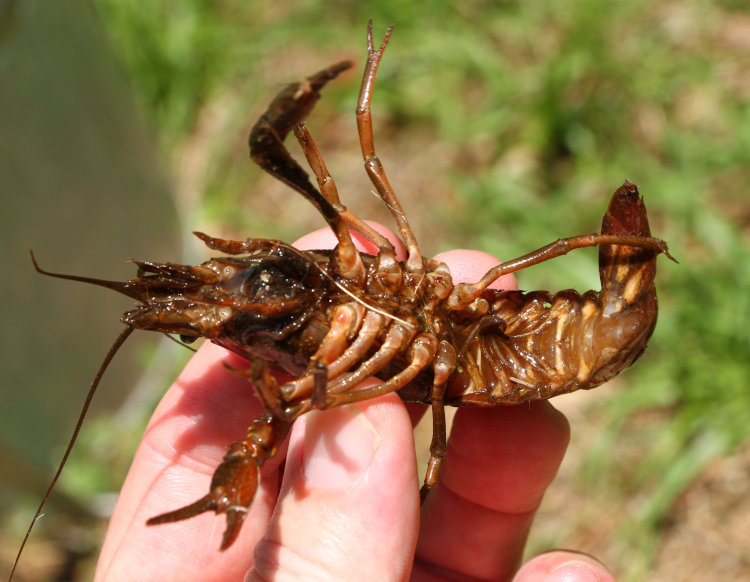
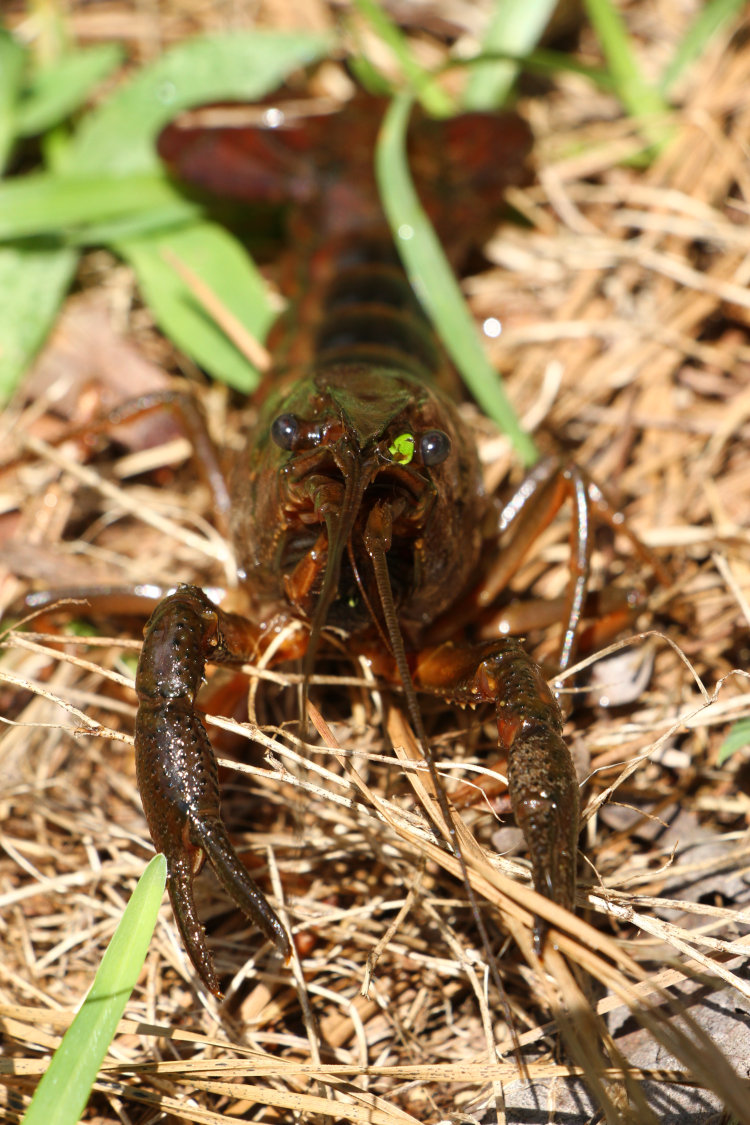








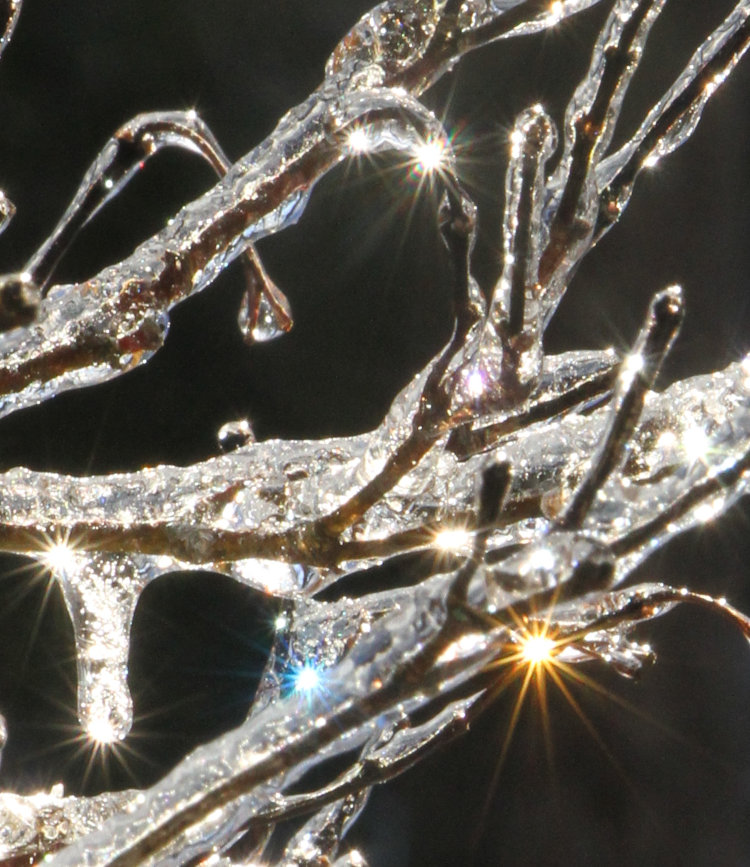




 Then Saturday, June 7th, is
Then Saturday, June 7th, is 












